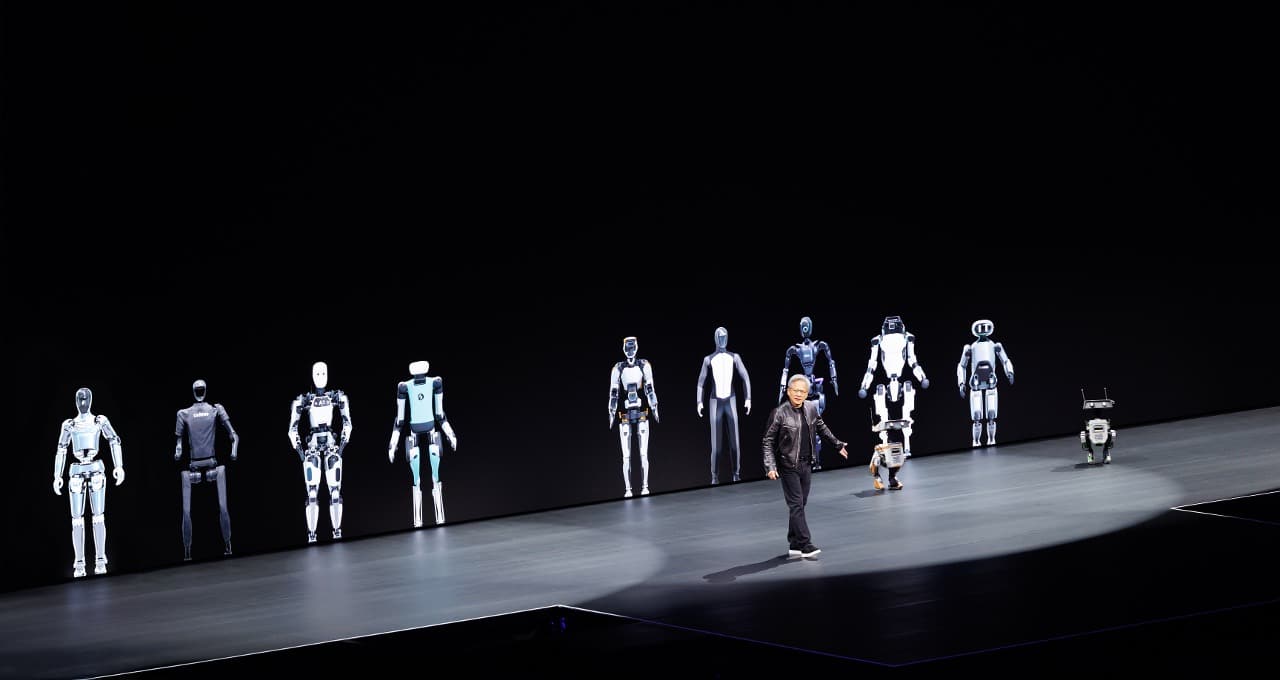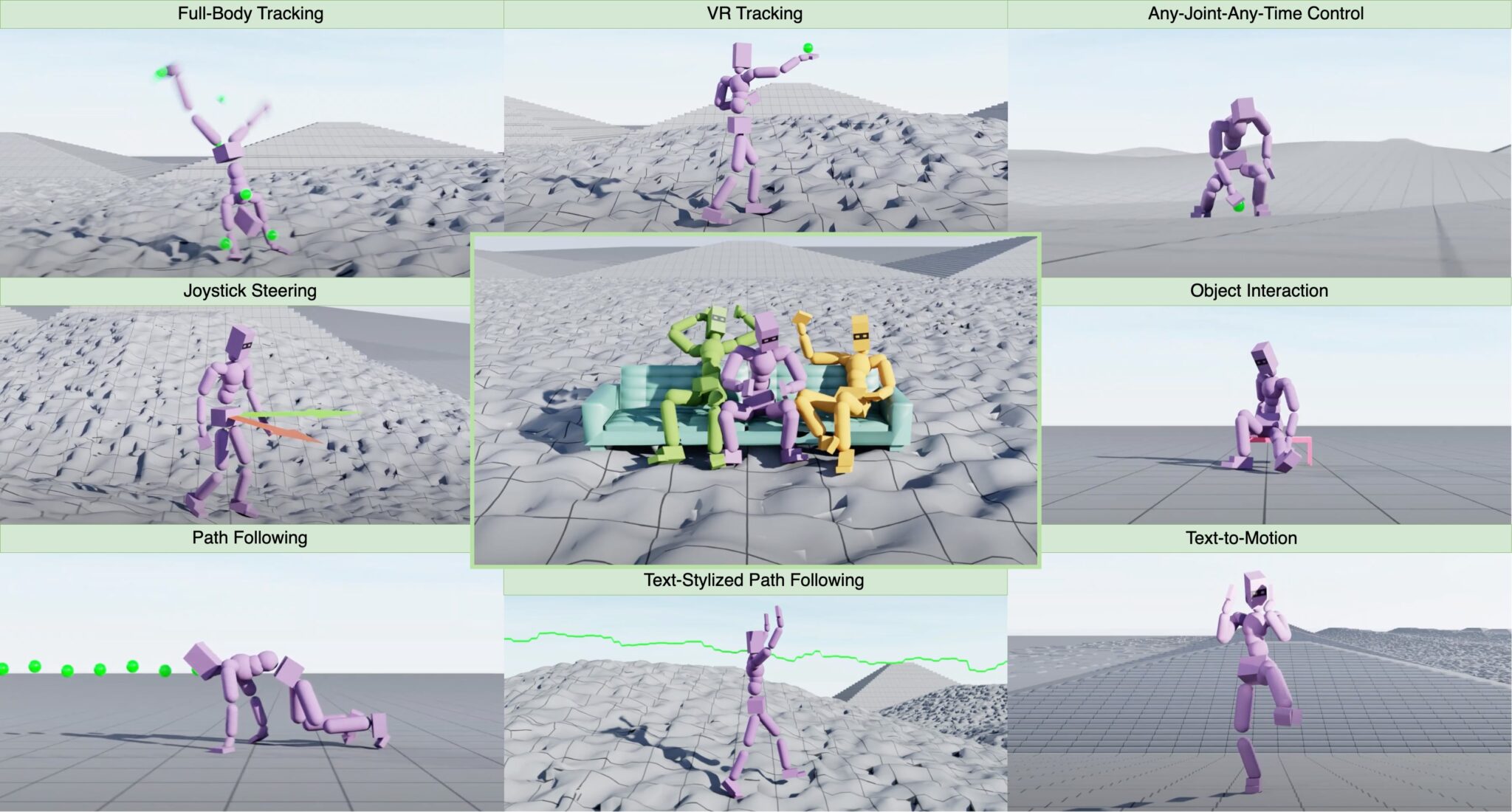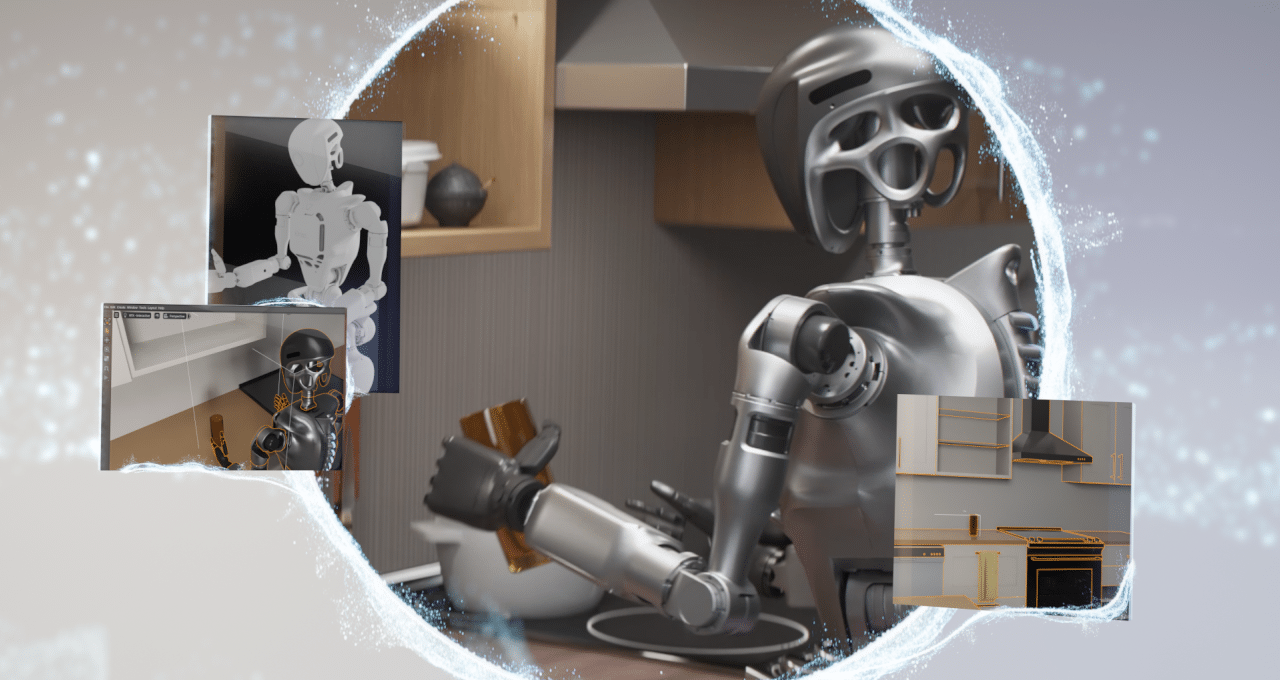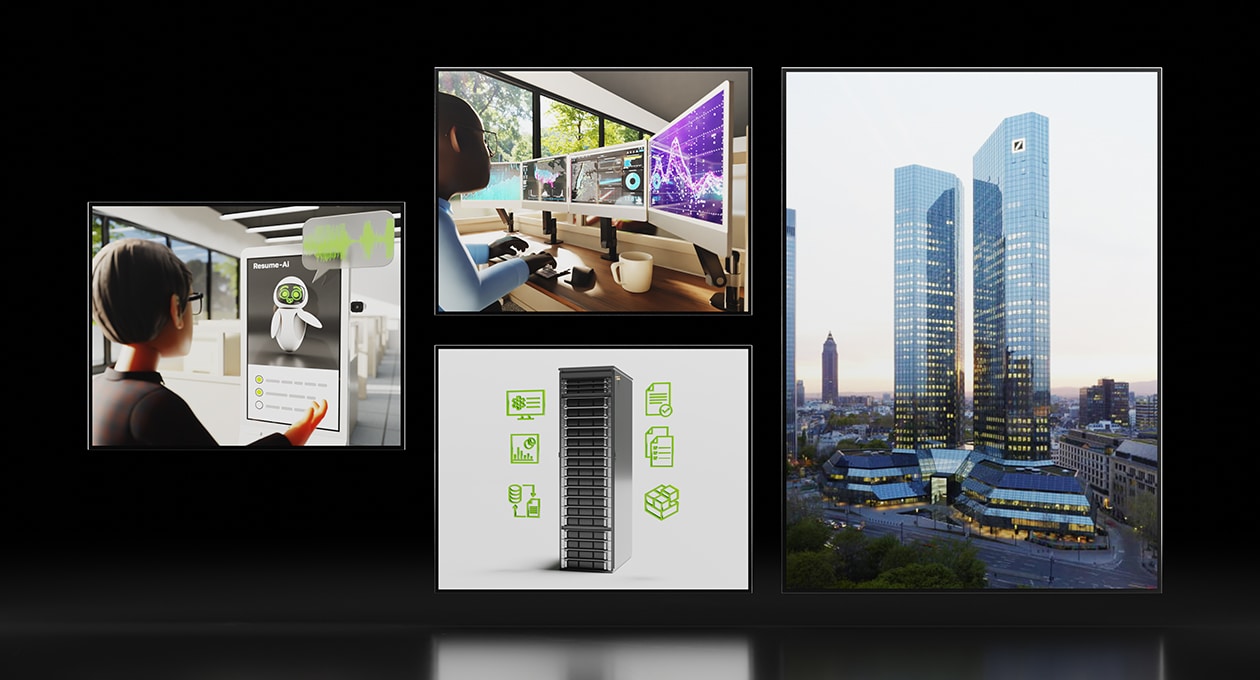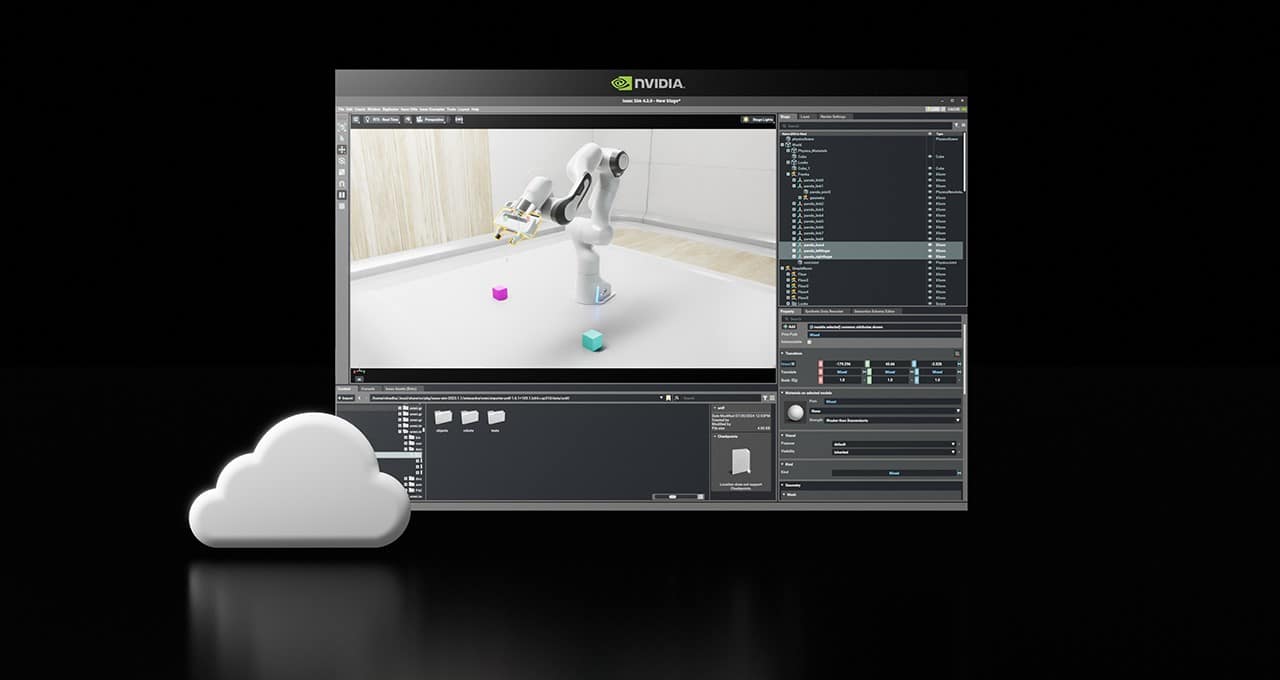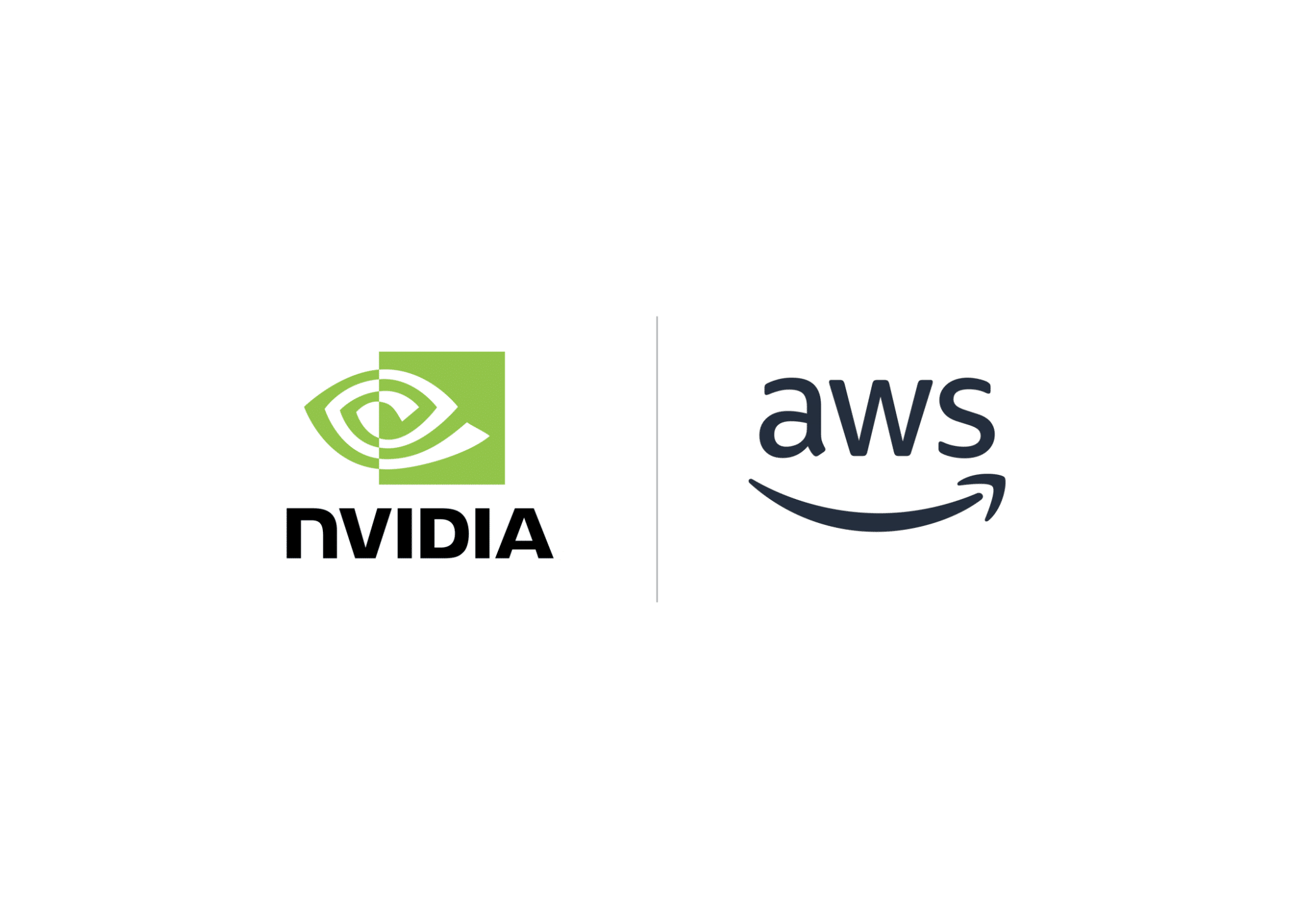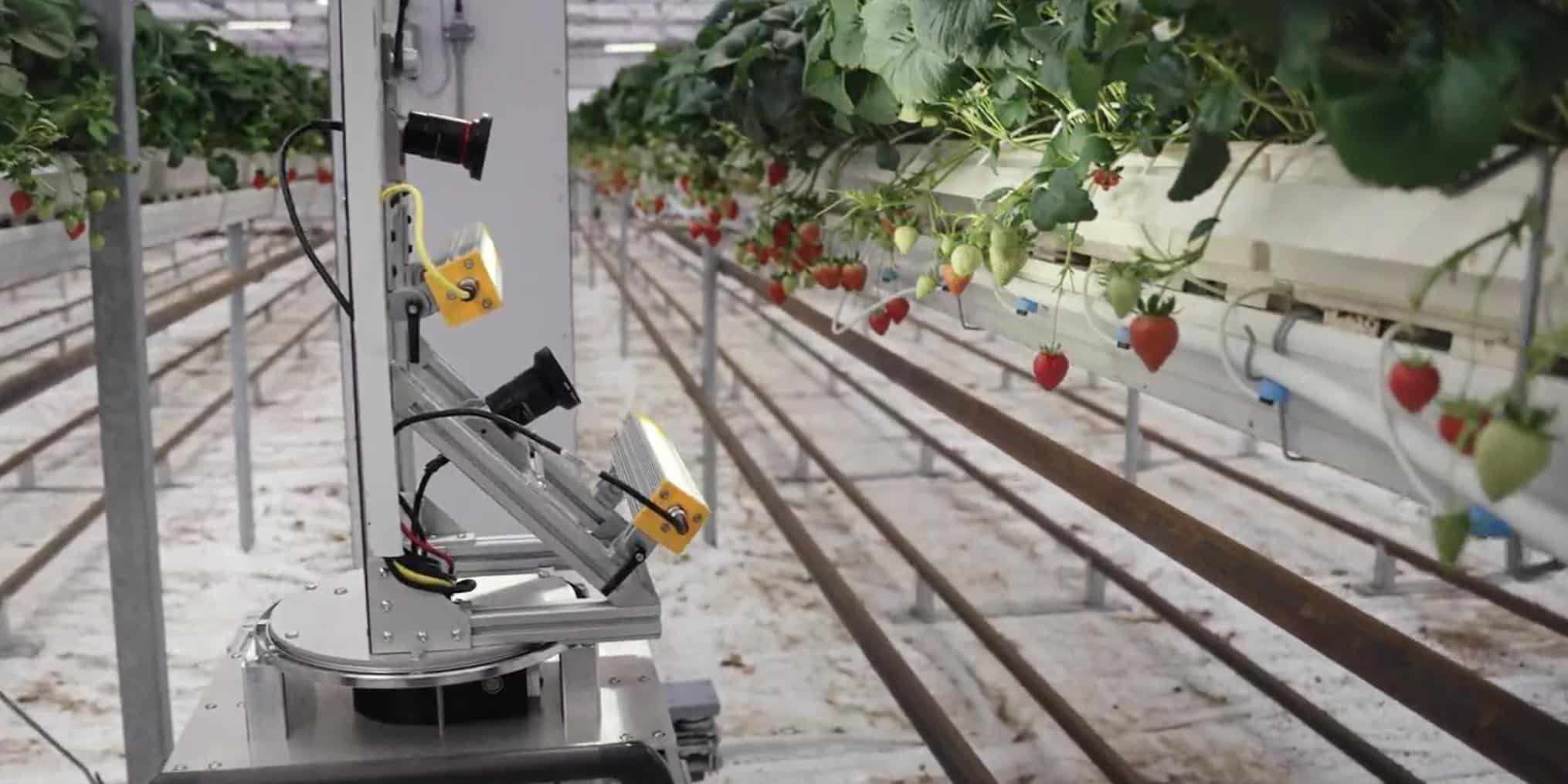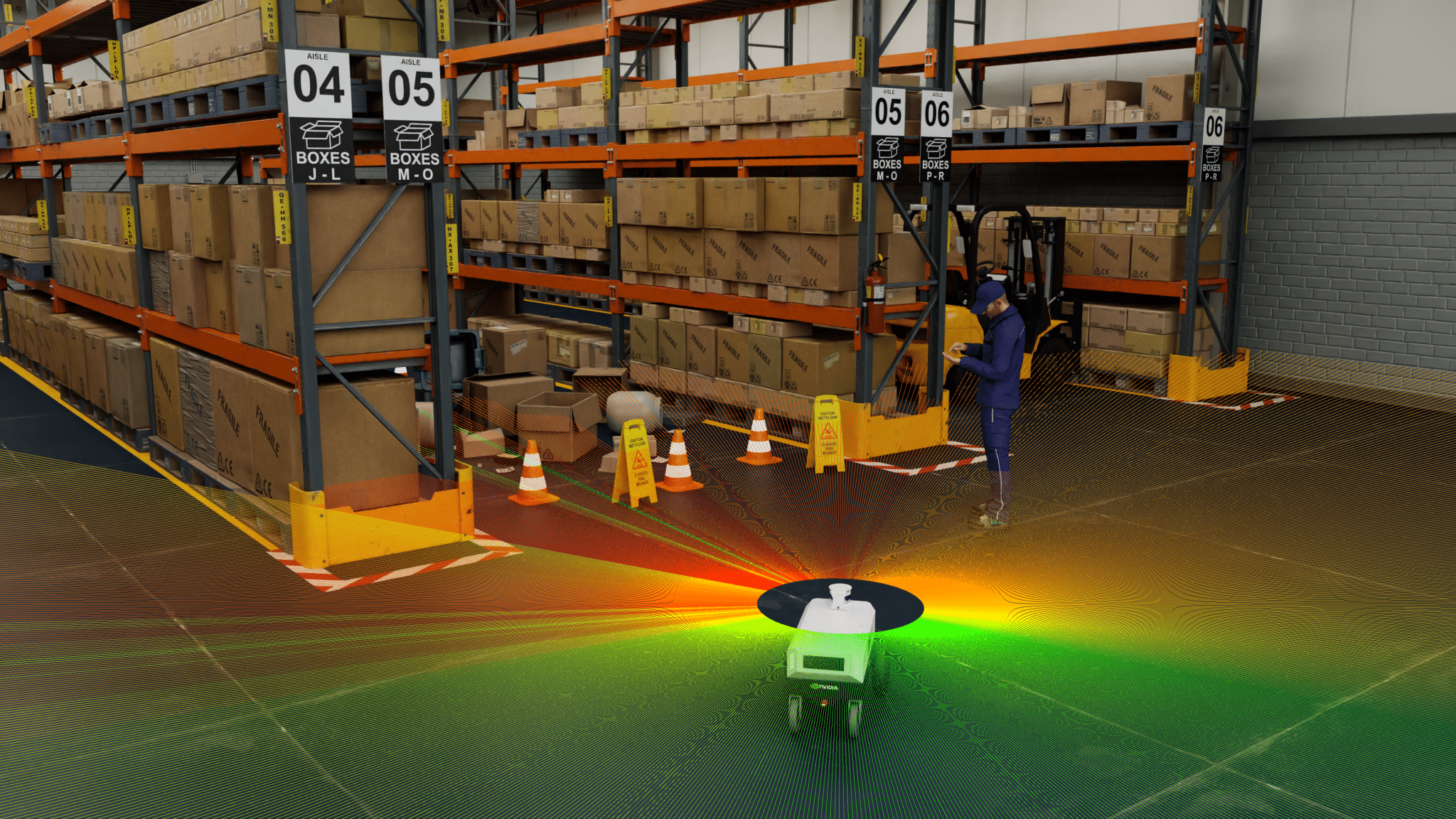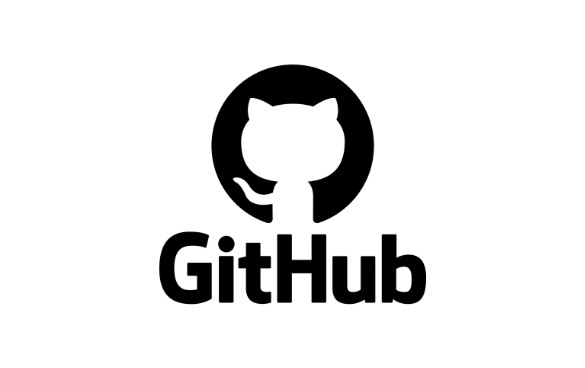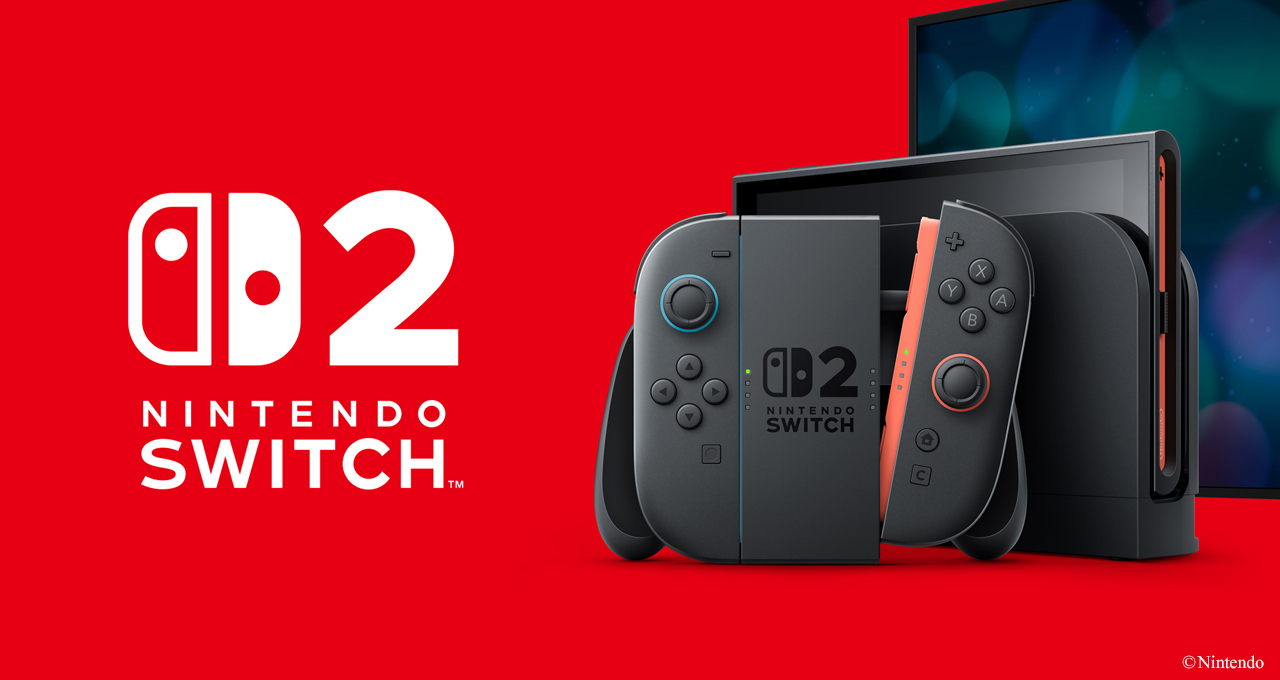Research Galore From 2024: Recapping AI Advancements in 3D Simulation, Climate Science and Audio Engineering
The pace of technology innovation has accelerated in the past year, most dramatically in AI. And in 2024, there was no better place to be a part of creating those breakthroughs than NVIDIA Research. NVIDIA Research is comprised of hundreds of extremely bright people pushing the frontiers of knowledge, not just in AI, but across
Read Article
NVIDIA Unveils Its Most Affordable Generative AI Supercomputer
NVIDIA is taking the wraps off a new compact generative AI supercomputer, offering increased performance at a lower price with a software upgrade. The new NVIDIA Jetson Orin Nano Super Developer Kit, which fits in the palm of a hand, provides everyone from commercial AI developers to hobbyists and students, gains in generative AI capabilities
Read Article
Into the Omniverse: How OpenUSD-Based Simulation and Synthetic Data Generation Advance Robot Learning
Tools like NVIDIA Isaac Sim enhance synthetic data generation, improving AI model performance and accelerating robotics development.
2025 Predictions: Enterprises, Researchers and Startups Home In on Humanoids, AI Agents as Generative AI Crosses the Chasm
From boardroom to break room, generative AI took this year by storm, stirring discussion across industries about how to best harness the technology to enhance innovation and creativity, improve customer service, transform product development and even boost communication. The adoption of generative AI and large language models is rippling through nearly every industry, as incumbents
Read Article
NVIDIA Advances Physical AI With Accelerated Robotics Simulation on AWS
Field AI is building robot brains that enable robots to autonomously manage a wide range of industrial processes. Vention creates pretrained skills to ease development of robotic tasks. And Cobot offers Proxie, an AI-powered cobot designed to handle material movement and adapt to dynamic environments, working seamlessly alongside humans. These leading robotics startups are all
Read Article
Latest NVIDIA AI, Robotics and Quantum Computing Software Comes to AWS
Expanding what’s possible for developers and enterprises in the cloud, NVIDIA and Amazon Web Services are converging at AWS re:Invent in Las Vegas this week to showcase new solutions designed to accelerate AI and robotics breakthroughs and simplify research in quantum computing development. AWS re:Invent is a conference for the global cloud-computing community packed with
Read Article
Taste of Success: Zordi Plants AI and Robotics to Grow Flavorful Strawberries Indoors
With startup Zordi, founder Gilwoo Lee’s enthusiasm for robotics, healthy eating, better produce and sustainable farming has taken root. Lee hadn’t even finished her Ph.D. in AI and robotics at the University of Washington when investors seeded her ambitious plans for autonomous agriculture. Since researcher-turned-entrepreneur Lee founded Zordi in 2020 with Casey Call, formerly head
Read Article
What Is Robotics Simulation?
Robots are moving goods in warehouses, packaging foods and helping assemble vehicles — bringing enhanced automation to use cases across industries. There are two keys to their success: Physical AI and robotics simulation. Physical AI describes AI models that can understand and interact with the physical world. Physical AI embodies the next wave of autonomous
Read Article
2025 Predictions: AI Finds a Reason to Tap Industry Data Lakes
Since the advent of the computer age, industries have been so awash in stored data that most of it never gets put to use. This data is estimated to be in the neighborhood of 120 zettabytes — the equivalent of trillions of terabytes, or more than 120x the amount of every grain of sand on
Read Article
